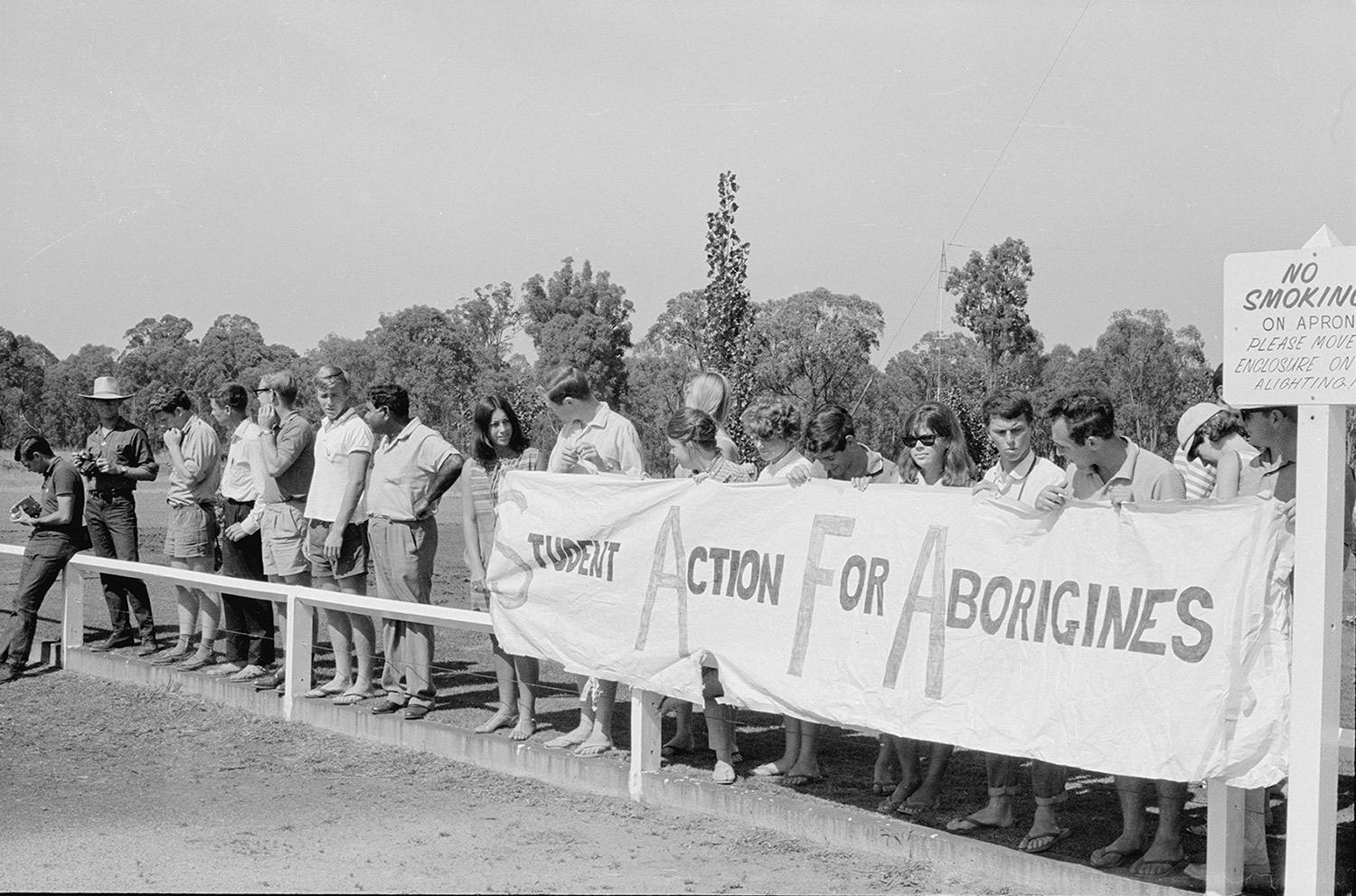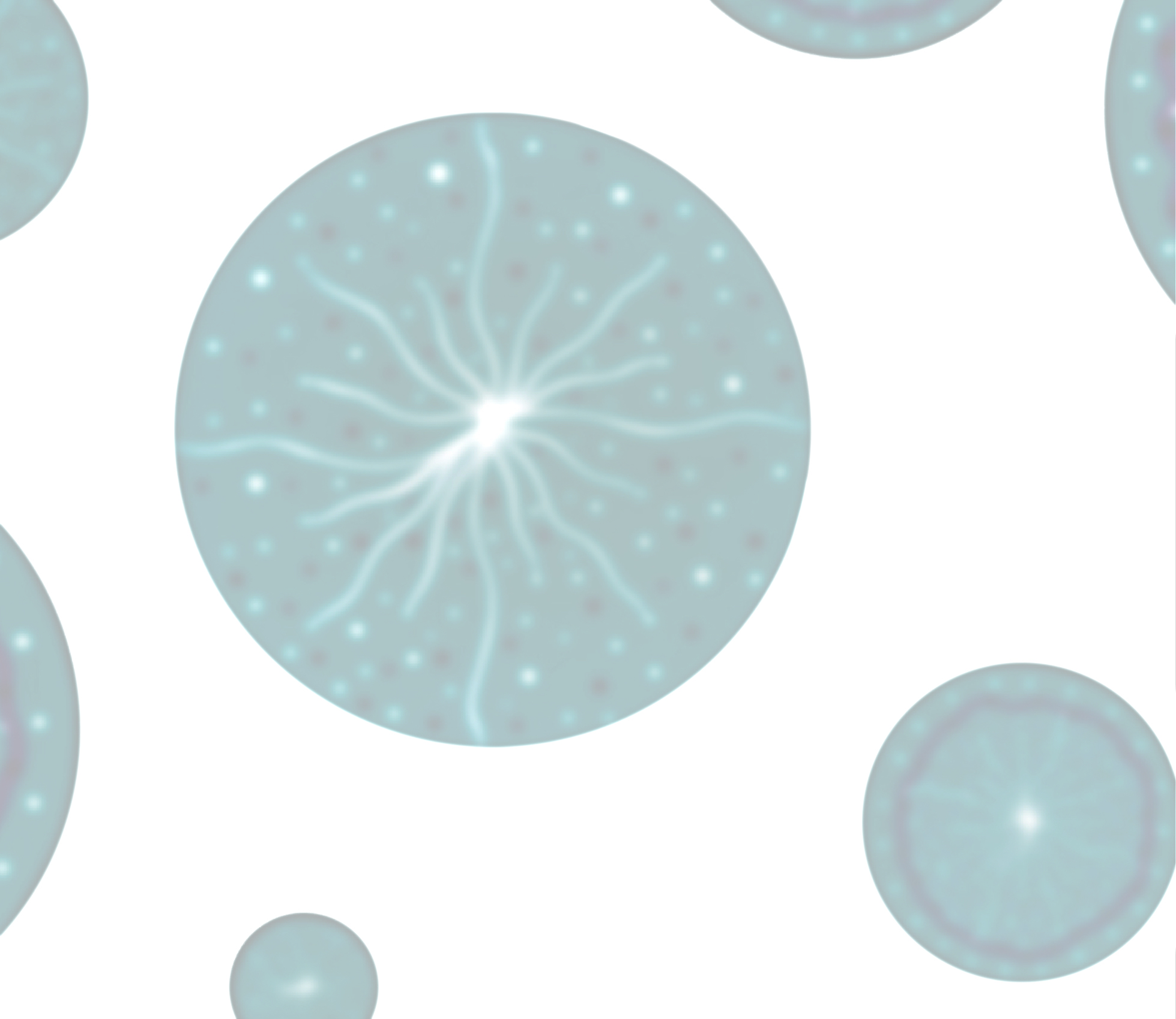We have used historical terms; however, ‘Aborigine’* is no longer used or accepted when referring to Aboriginal or Torres Strait Islander peoples.
Through the early 1960’s, there was growing urban support for activism that challenged segregation in the community, such as cinemas, swimming pools and pubs.
In 1965, a group of University of Sydney students began a 15-day ‘Freedom Ride’ on a bus throughout regional NSW to draw attention to the mistreatment of Aboriginal people and the racism they experienced in regional towns. The bus stopped in Walgett to protest the exclusion of Aboriginal ex-servicemen from the Returned Services League. It also stopped in Moree and Kempsey to protest against the local swimming pools, which barred Aboriginal children. The group worked with the Wayside Chapel in Sydney to coordinate media coverage highlighting the issue, which was so successful that even The New York Times ran a story.
Student activist Charles Perkins, President of the Student Action for Aborigines* at the University of Sydney, led the Freedom Ride. After it ended, Perkins shared his experiences at the Federal Council for the Advancement of Aborigines* and Torres Strait Islanders conference in Canberra. The NSW Aborigines Welfare Board* committed to spending £65,000 (Australia’s currency at the time) on improving Aboriginal housing in Moree.

Negatives from the Tribune (Communist Party of Australia newspaper) featuring the Freedom Rides SAFA (Student Action For Aboriginals) Trip 17- 26 February, 1965
Source: Mitchell Library, State Library of NSW [ON 161/220]
